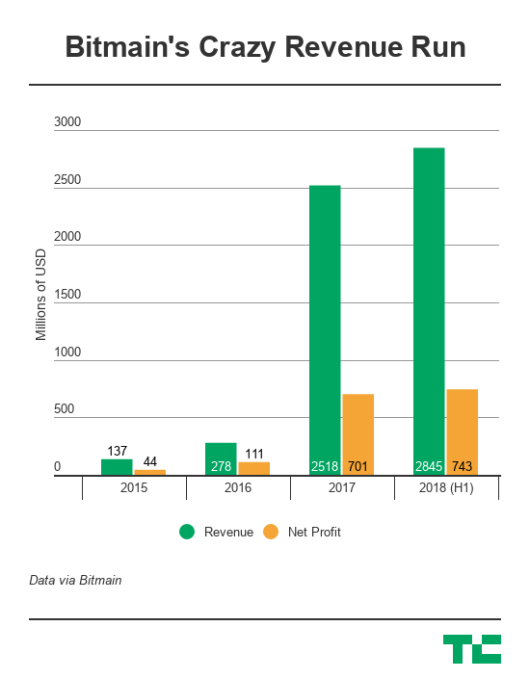Google is turning 20. The company may lead the way in mobile technology and self-driving cars these days, but 20 years ago it started as a humble search engine that ultimately changed the internet forever. To celebrate its 20th birthday Google has announced a slew of Easter eggs that flash back to when the company first started — and they can be found in a few different Google products.
For starters, as you might expect, there’s a Google Doodle celebrating the 20th birthday of the company. The Doodle is playable and when you click on it, the video will show a number of popular searches from the past 20 years.
For those searching some arguably outdated terms, Google will also now help you flash forward to 2018. For example, if you search “MP3 file,” Google will ask if you meant “stream music.” If you search “chat room,” Google will ask if you meant “text the group.” And so on.
There are Easter eggs beyond those in Google Search. For example, you can stroll through the original Google Garage in Street View, and check out where the now-massive company was started 20 years ago. As you walk through the side door of the garage, you’ll find things like an old CRT computer monitor showing the original Google beta website. Then, you can walk through the house, you’ll find things like ideas for the Google logo, a series of power cables snaking through the house, and more. It’s a good look into the history of the company. As Google describes, as the company grew, it grew into the bedrooms and the rest of the bottom floor of the house, and as you explore that area, you’ll find different items like a collapsible mini rainbow sphere, surf-frog terrarium, and so on.
Google isn’t just celebrating with Easter eggs, it’s also launching a redesigned Google Images desktop website, which includes a new ranking algorithm designed to help you find what you’re looking for more easily.
“Over the last year, we’ve overhauled the Google Images algorithm to rank results that have both great images and great content on the page. For starters, the authority of a web page is now a more important signal in the ranking. If you’re doing a search for DIY shelving, the site behind the image is now more likely to be a site related to DIY projects. We also prioritize fresher content, so you’re more likely to visit a site that has been updated recently,” Google said in a blog post.




 . Mattereum is the first Internet of Agreements infrastructure project, bringing legally-enforceable smart contracts, and enabling the sale, lease, and transfer of physical property and legal rights.
. Mattereum is the first Internet of Agreements infrastructure project, bringing legally-enforceable smart contracts, and enabling the sale, lease, and transfer of physical property and legal rights.



 RSS Feed
RSS Feed
